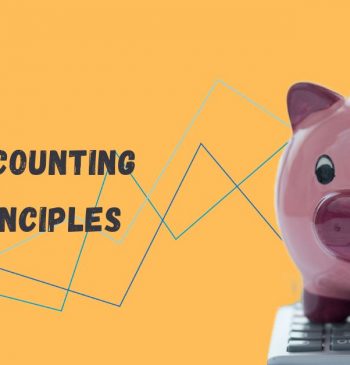18 Mar

An adjusted trial balance is the sixth step of the accounting cycle in which ending balances are listed in all balances after adjusting entries have been prepared. The purpose of adding these entries is to fix any errors and omissions that occurred in the previous journal entries to make an accurate financial statement.
There are three trial balances in the accounting cycle that you need to prepare. In the previous write-up, we learned that the unadjusted, adjusted, and post-closing trial balance in the accounting cycle.
In this article, we will discuss clear and precise information about the following topics:
Table of content
- What is an adjusted trial balance?
- What is the importance of preparing a trial balance?
- Format of adjusted trial balance
- Examples of adjusted trial balance
- Key takeaways
What is an adjusted trial balance?
It is the organized listing of accounts posted from the general ledger. It is prepared to show updated balances after adjusting entries have been made. The main purpose of preparing a trial balance is to:
- Make equality between total debit and credit amounts.
- Correct and update the initial version of the trial balance, which was an unadjusted trial balance.
Importance of preparing an trial balance
It is a crucial step in the accounting cycle because it ensures that adjusting entries are done correctly. It is also used to monitor the business performance by the business owners, creditors, and shareholders. If the trial balance entries are accurate, the financial statements will be accurate. In contrast, the financial statement will be inaccurate if the trial balance is inaccurate.
Format of the adjusted trial balance
The format is similar to the unadjusted trial balance. It consists of three columns. The first column is for the account name, the second is used to write debit amounts, and the third is used to write credit amounts, as shown below:
| SPARE PART COMPANY Adjusted Trial Balance March 20, 2022 |
| Account Name | Debit | Credit |
| Cash | xxx | |
| Account receivable | xxx | |
| Inventory | xxx | |
| Account payable | xxx | |
| Long term liabilities | xxx | |
| Equity share | xxx | |
| Wages payable | xxx | |
| Dividend pay | xxx | |
| Revenue | xxx | |
| Costs of goods sold | xxx | |
| Rent expenses | xxx | |
| Wages | xxx | |
| Interest expenses | xxx | |
| Total | xxx | xxx |
Examples of adjusted trial balance
To understand adjusted trial balance. First, we need to understand adjusting journal entries. After that, we can prepare an adjusted trial balance.It is further used to prepare closing entries.
Adjusting journal entries
| Account | Debit | Credit |
| Prepaid rent | 1000 | |
| Rent expense | 1000 |
| Account | Debit | Credit |
| Electricity expenses | 1000 | |
| Accrue expense | 1000 |
The above journal entries were made to account for prepaid rent and accrue expenses.
| SPARE PART COMPANY Adjusted Trial Balance March 20, 2022 |
| Account Name | Debit | Credit |
| Cash | 40,000 | |
| Account receivable | 500 | |
| Inventory | 40,000 | |
| Account payable | 42,000 | |
| Long term liabilities | 60,200 | |
| Equity share | 100000 | |
| Wages payable | 700 | |
| Electricity expense | 1,000 | |
| Revenue | 20,000 | |
| Land | 101400 | |
| Costs of goods sold | 30,000 | |
| Payroll expenses | 5000 | |
| Prepaid rent | 2,000 | |
| Depreciation expenses | 2,000 | |
| Interest expenses | 1,000 | |
| Total | 222900 | 222900 |
In the above trial balance, the rent and electricity expense accounts have been updated. For example, the trial balance shows the change in both rent and electricity expense accounts.
Moreover, the debit and credit are calculated at the bottom of a trial balance. Therefore, these debit and credit totals must always be equal. If they aren’t equal, there may be two reasons the trial balance was prepared incorrectly, or the journal entries weren’t transferred accurately.
Key Takeaways
- The main purpose is to fix the errors and omissions that occurred in the previous trial balance to make financial statements accurate.
- It is the organized listing of accounts posted from the general ledger.
- In addition, It creates equality between total debit and credit amounts.
- Moreover, It is also used to monitor business performance.
Shabana has been a committed content writer and strategist for over a 5 years. With a focus on SaaS products, she excels in crafting compelling and informative content.
Related Post
Copyright © 2024 – Powered by uConnect



Shabana